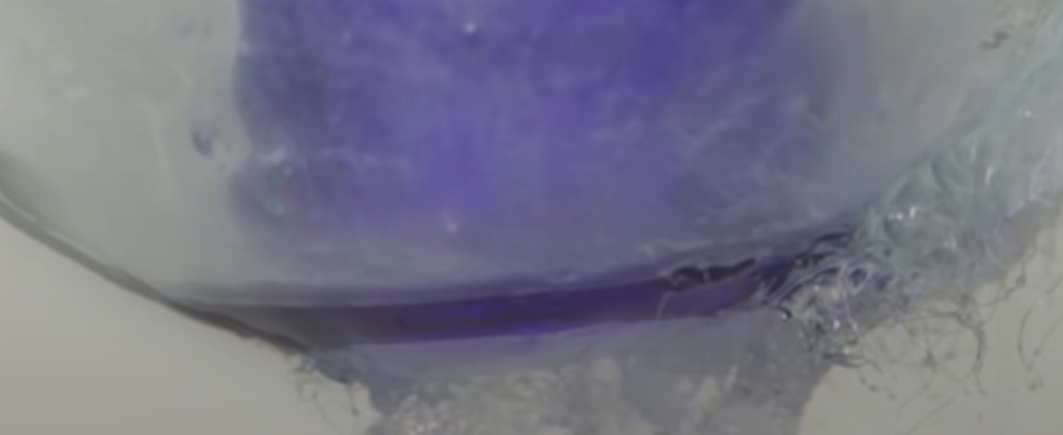|
Very Short-lived Substances
Very short-lived substances (VSLS) are ozone-depleting halogen-containing substances found in the stratosphere. These substances have very short lifetimes, typically less than 6 months. VSLS are responsible for atmospheric damage once they enter the stratosphere and are a contributing factor to the Ozone depletion, destruction of ozone. Description VSLS are ozone-depleting halogen-containing substances found in the stratosphere. These substances have very short lifetimes, typically less than 6 months. Approximately 90% of VSLS are produced by natural processes and their rate of production is increasing. “They are bromine compounds produced by seaweed and the ocean's phytoplankton”. Only 10% of ozone deleting chlorine compounds are man-made. VSLS are responsible for atmospheric damage once they enter the stratosphere and are a contributing factor to the destruction of the ozone layer. In previous decades it was believed that the most significant factor in ozone depletion was the ... [...More Info...] [...Related Items...] OR: [Wikipedia] [Google] [Baidu] |
Ozone Depletion Cropped
Ozone () (or trioxygen) is an inorganic molecule with the chemical formula . It is a pale blue gas with a distinctively pungent smell. It is an allotrope of oxygen that is much less stable than the diatomic allotrope , breaking down in the lower atmosphere to (dioxygen). Ozone is formed from dioxygen by the action of ultraviolet (UV) light and electrical discharges within the Earth's atmosphere. It is present in very low concentrations throughout the atmosphere, with its highest concentration high in the ozone layer of the stratosphere, which absorbs most of the Sun's ultraviolet (UV) radiation. Ozone's odor is reminiscent of chlorine, and detectable by many people at concentrations of as little as in air. Ozone's O3 structure was determined in 1865. The molecule was later proven to have a bent structure and to be weakly diamagnetic. At standard temperature and pressure, ozone is a pale blue gas that condenses at cryogenic temperatures to a dark blue liquid and finally a viole ... [...More Info...] [...Related Items...] OR: [Wikipedia] [Google] [Baidu] |
